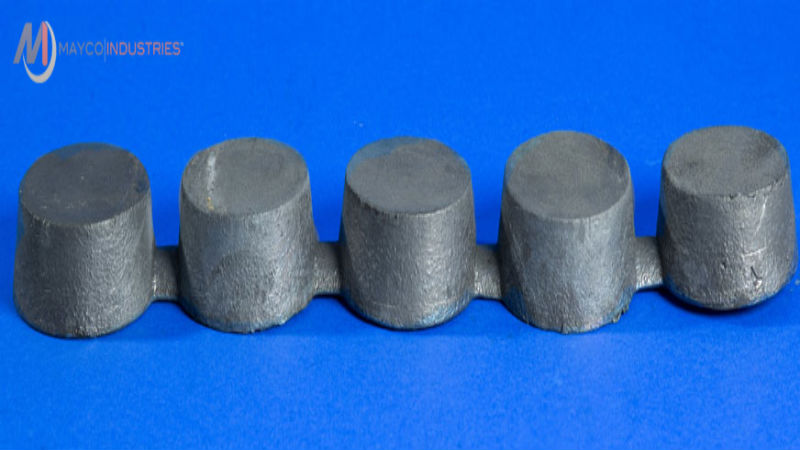Radiation is used in a lot of different industries for a wide range of different applications. For example, medical and dental offices and facilities use radiation for different types of imagining including standard X-rays and more advanced types of imaging processes. This includes use in PET (Positron Emission Tomography) rooms to measure internal body functioning.
The Use of Lead Shields
Industries also use radiation to sterilize equipment, to shield nuclear reactors and in different types of irradiation applications for processing. It is also used in shielding in military and defense construction and fabrication. Each of these applications not only has the use of radiation, but they also require the use of an approved type of lead radiation shield.
Depending on the type of application, a lead radiation shield can be relatively thin and lightweight, or it can be very heavy and thick. Different factors including the type and amount of radiation present will have an impact on the specific design, thickness, and attributes of the lead shield.
How Lead Works
From lead bricks to lead lined plywood or gypsum, lead is used to prevent the radiation from traveling through a facility. By using the lead shield to contain the radiation, the workplace can be safe even when high levels of radiation may be used in one or more areas of the facility.
Any lead radiation shield operates on the same principles. Lead is very dense, and it has a high atomic mass, it also has a lot of electrons. When the radiation in the form of gamma and x-rays makes contact with the lead, the electrons in the bricks or material absorbs the energy and scatters it, leaving the energy in a form that is not harmful to human or specific types of DNA.
Lead is used in many forms for this type of shielding. It can also be rolled very thin and used as personal shielding for technicians and patients during X-ray and imaging procedures.

